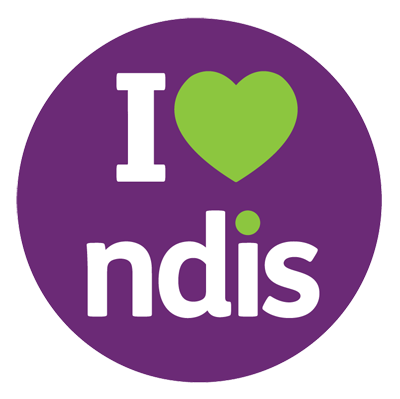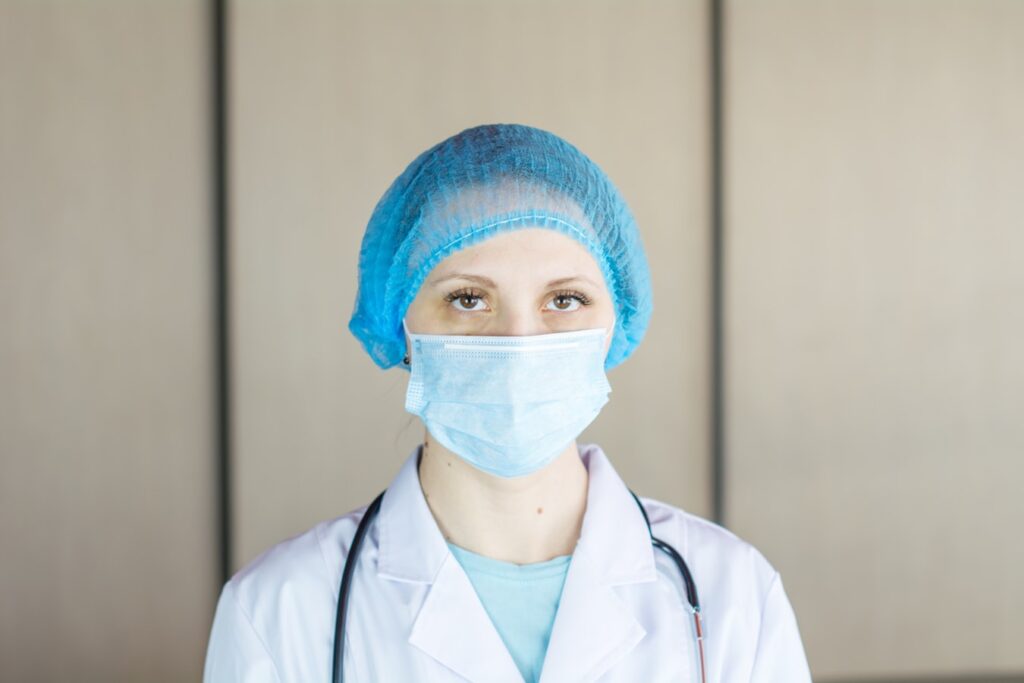Minimising the spread of COVID-19 in healthcare is vital to protecting both patients and frontline workers. The following list provides some simple best practice tips for minimising the spread and encouraging safer environments in healthcare.
Make face masks mandatory
When it comes to COVID-19 the primary form of infection is from droplets expelled through coughing, sneezing and even talking. That’s why the first line of defence against COVID-19 must be surgical masks. All healthcare workers should be wearing a surgical mask to prevent the accidental spread of COVID-19. To maximise the effect, masks should also be applied to patients. Providing these layers of protection for both the patient and caregiver can be an effective way of minimising the risk of transmission person to person.
In any situation where the risk of coming into contact with an infected patient is high, healthcare workers should also wear face shields as an added layer of protection for the mucus membrane in the eyes, nose and mouth.
While not as readily available as surgical masks, respirators should take the place of face masks in any setting where the aerosolisation of COVID-19 is probable, such as during medical procedures like nebulisers.
Use PPE whenever a healthcare worker is in contact with a potentially infected patient
PPE or personal protective equipment includes disposable gloves, long-sleeved gowns and shoe covers. COVID-19 can be expelled from the body via droplets which then fall down and settle on the surfaces of things around them. COVID-19 can survive hours or days on some of these surfaces, which means that direct contact with objects can be dangerous.
It should be mandatory to wear PPE in infected areas to protect the healthcare worker from passing the virus onto their clothes or skin and then being carried out of infected zones. When combined with proper disposal techniques PPE can be an effective way to minimise the risk of COVID-19 being physically carried and transmitted through a healthcare setting.
Enable good hygiene
Most healthcare workers understand good hygiene practice, however, this practice should be reinforced in both medical staff and patients on a regular basis. Healthcare workers should take the 5 Moments for Hand Hygiene approach, whenever they are at work. This means washing your hands before touching a patient, before a procedure, after a procedure, after touching a patient and after touching a patient’s surroundings.
Good hygiene should also be reinforced in the surroundings by providing access to hygiene stations, hand-sanitiser and handwashing throughout the healthcare facility. This should include using posters to remind people to perform regular hygiene practices and instruct them on how to clean their hands properly.
Encourage COVID-safe behaviour
Changing our behaviour is an effective way to minimise risk in a healthcare setting. Some of the simple things we can do are:
- Minimise movement throughout the healthcare facility and between different departments
- Encourage social distancing
- Promote proper coughing and sneezing etiquette
- Teach self-monitoring for COVID symptoms
- Avoid touching surfaces unnecessarily
Focus on effective cleaning, disinfection and waste management
COVID-19 can be destroyed through cleaning with a neutral detergent and a disinfectant. Cleaning should be made a regular part of healthcare practice. Some simple guidance for safer cleaning practices include:
- PPE should be worn by cleaning staff
- Cleaners should not enter the room if the person in isolation is still in there
- Cleaners should wait at least 30 minutes after the patient has left the room to clean it, to allow droplets to settle
- Ensure frequently handled items such as remotes are afforded extra care


